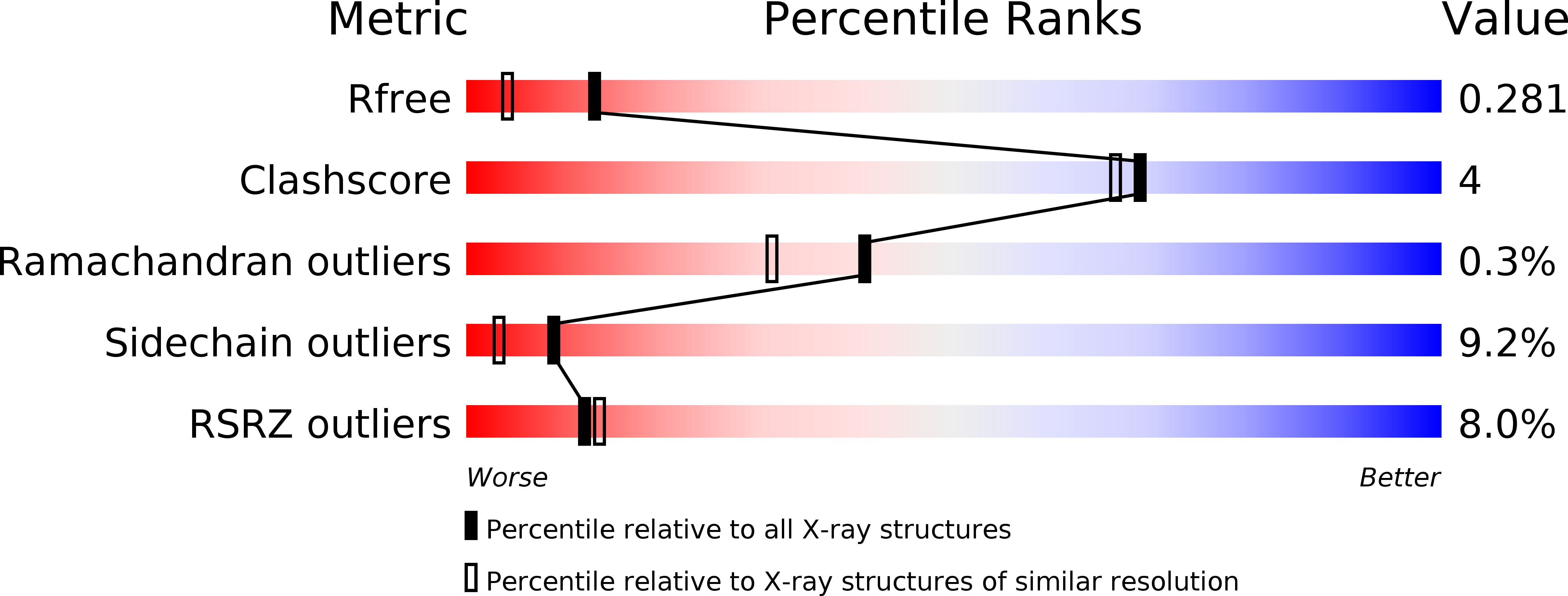
Deposition Date
2003-01-17
Release Date
2003-04-29
Last Version Date
2024-04-03
Method Details:
Experimental Method:
Resolution:
1.90 Å
R-Value Free:
0.28
R-Value Work:
0.21
R-Value Observed:
0.21
Space Group:
P 1 21 1


